The Current I-Bond Rate Is Mildly Attractive. Here's Why.
The current I-bond rate is active until November 2025 and presents an attractive value, if not as attractive as in the recent past.
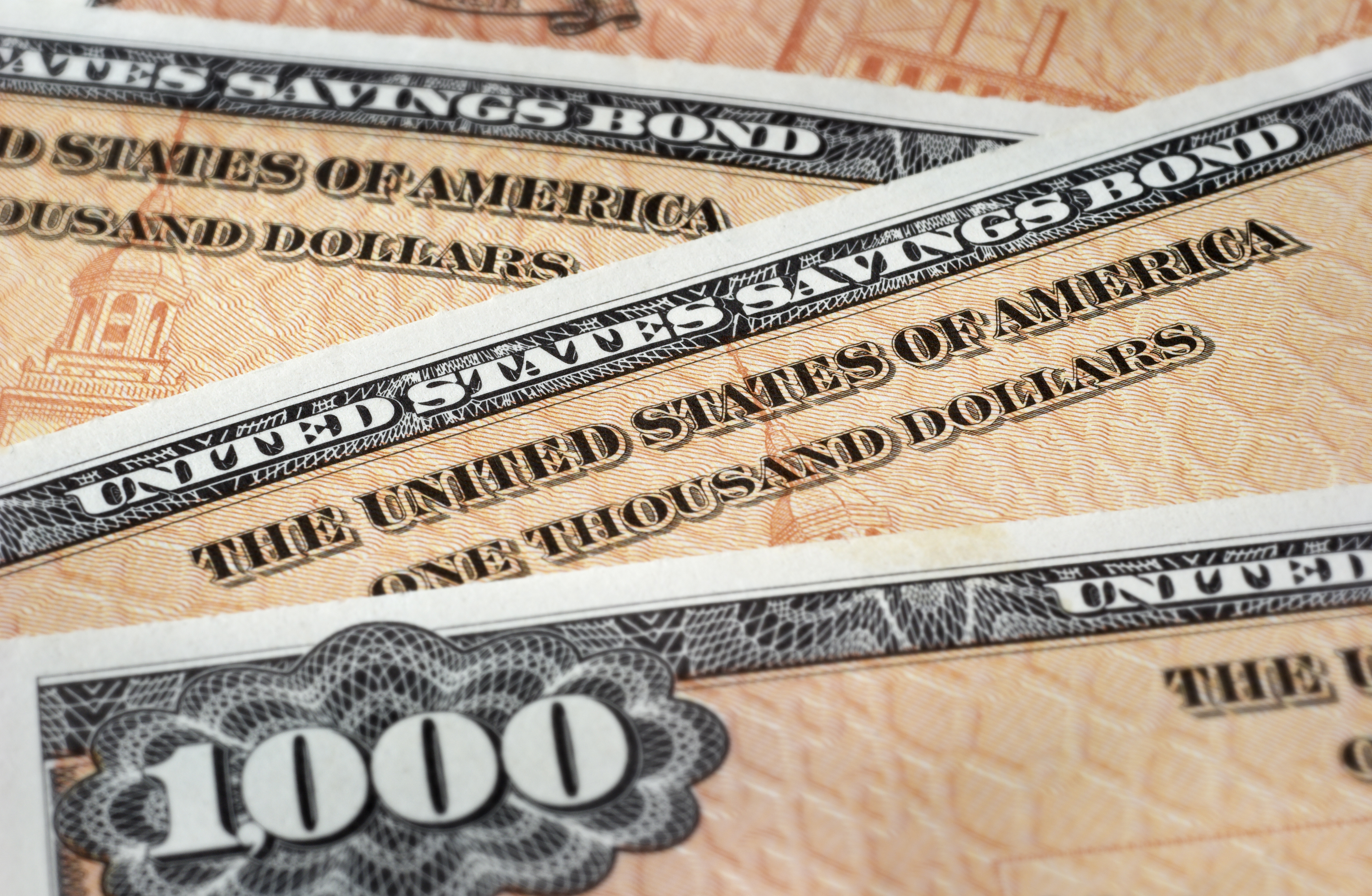

Alexandra Svokos
Though the potential return of U.S. Treasury I-bonds as a long-term investment is no sure thing, Americans have voted for them with their wallets: Billions of dollars of these formerly obscure securities were sold in 2022, including in a last-minute rush at the end of October of that year to capture the 9.62% rate.
The demand was so robust it knocked the TreasuryDirect website, the only place these bonds can be bought, offline at times.
Of course, you can get them just fine today, now that the current I-bond rate is down. The rate is set every six months, in May and November, and is made up of two components.
One is based on the government’s consumer price index (CPI), and given that inflation has slowed since 2022, the rate for I-bonds has also slowed, but it is still an attractive prospect in certain lights.

Sign up for Kiplinger’s Free E-Newsletters
Profit and prosper with the best of expert advice on investing, taxes, retirement, personal finance and more - straight to your e-mail.
Profit and prosper with the best of expert advice - straight to your e-mail.
The other component of the I-bond return is a fixed rate – picked by the Treasury Department without further explanation – that will only apply to bonds issued May 1, 2025, to October 31, 2025.
And that fixed rate is, well, fixed – unlike the variable inflation component, whatever the fixed rate was when the bond was issued, you’ll get paid that for as long as you hold the bond (and the term is 30 years).
The current I-bond rate, valid for bonds issued May 1, 2025, through October 31, 2025, is 3.98%. That includes a fixed rate of 1.10%.
To put that in context, the best high-yield savings accounts and the best CD rates are giving returns around 4.6%.
Nearly halfway into a volatile 2025, the S&P 500 has had a year-to-date return of 1.5% after rebounding from a historic sell-off and making analysts' top S&P 500 stocks to buy an attractive option.
So, 3.98% may not be all that much to write home about. But I-bonds are still on the table because they offer stability and a guarantee.
What makes the current I-bond rate attractive
Consider the fixed rate of an I-bond, which is an important component of what an I-bond is. That rate is fixed for as long as you hold the bond, which has a term of 30 years.
So, if you purchase an I-bond between now and November, you'll always get a return of at least 1.10%. Again, that's not a huge return, but it's a guarantee — and considering that people's most popular investment is cash, 1.10% for 30 years is a much higher return than you might get with cash just sitting in a checking account.
So here’s an interesting twist, and possibly a consolation prize for anyone who didn’t manage to get I-bonds when they were paying a higher yield in 2022: those bonds paid a fixed rate of zero.
While it might seem unimaginable now – as the Federal Reserve has just started to lower short-term interest rates after a long period of higher rates, and other rates, including mortgages, have climbed to levels not seen in decades – zero inflation or deflation could return.
And, if that happens, those who hold bonds bought between now and October 31 will continue to receive 1.10% interest, while holders of the 9.62% bonds will receive – at least so long as inflation is flat or negative – nothing.
And, again, if 1.10% seems laughably low, remember that only a few years ago, savers looking to certificates of deposit, savings accounts and other low-risk investments would have been darn happy with that.
What to do with your I-bonds
First, I-bonds must be held for at least a year. There is no way to cash them before this period.
And, second, if you redeem them before five years from the time they were issued, the last three months of interest is lost.
Another key note: There’s a limit of $10,000 a year to how much you can buy in I-bonds.
In case you haven't noticed, I-bonds are a little complicated.
Ultimately, though, for the moment, they present a reasonably attractive long-term option for safe cash growth.
Related Content
Profit and prosper with the best of Kiplinger's advice on investing, taxes, retirement, personal finance and much more. Delivered daily. Enter your email in the box and click Sign Me Up.

In his former role as Senior Online Editor, David edited and wrote a wide range of content for Kiplinger.com. With more than 20 years of experience with Kiplinger, David worked on numerous Kiplinger publications, including The Kiplinger Letter and Kiplinger’s Personal Finance magazine. He co-hosted Your Money's Worth, Kiplinger's podcast and helped develop the Economic Forecasts feature.
- Alexandra SvokosDigital Managing Editor
-
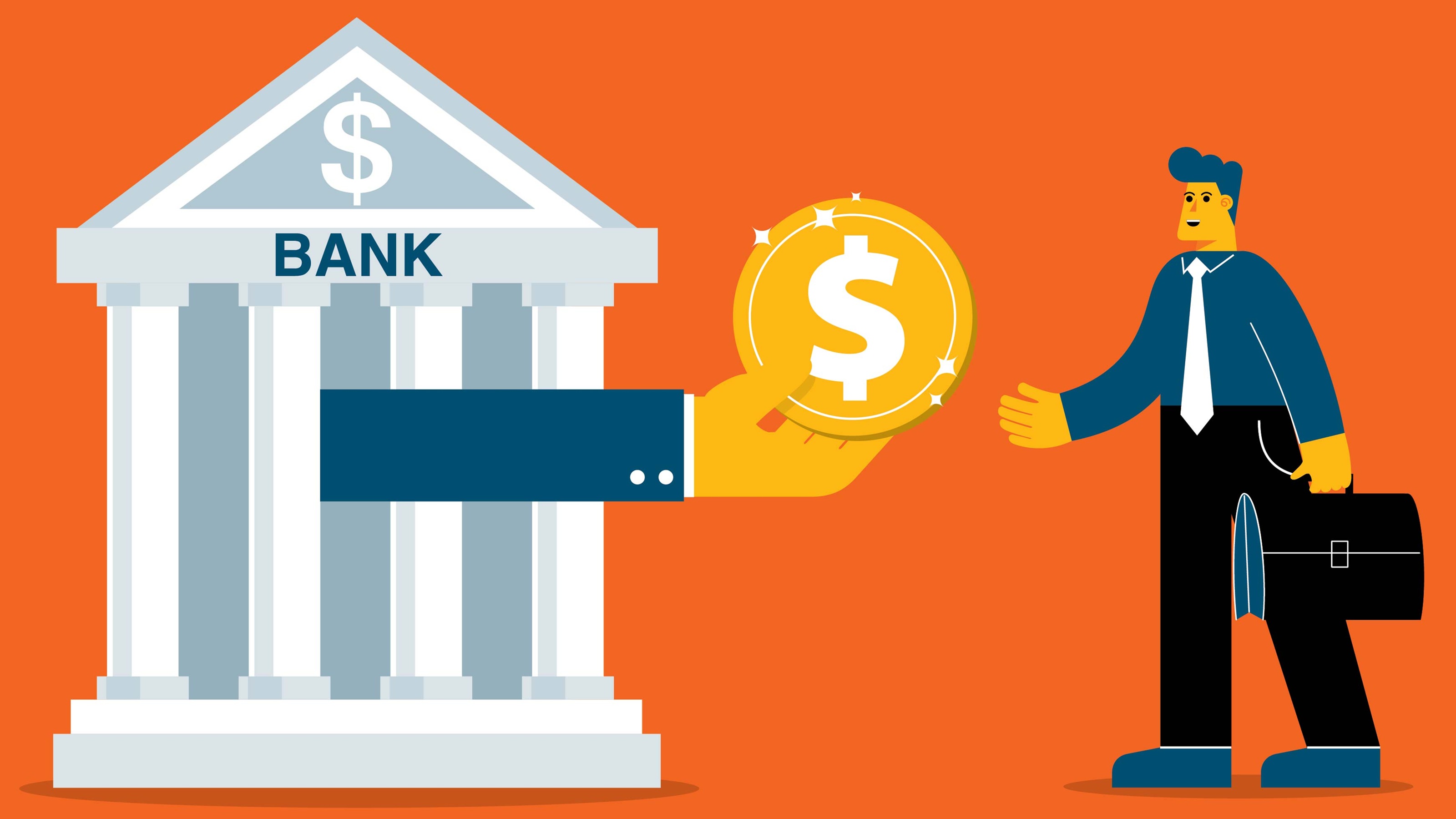 Callable CDs Have High Rates. We Still Don't Recommend You Get Them
Callable CDs Have High Rates. We Still Don't Recommend You Get ThemInvestors must carefully consider the trade-offs, as falling interest rates could lead to reinvestment at a lower yield and make selling on the secondary market difficult.
-
 High Mortgage Rates Are Holding My Retirement Hostage: Can I Still Downsize and Retire?
High Mortgage Rates Are Holding My Retirement Hostage: Can I Still Downsize and Retire?We ask retirement wealth advisers what to do.
-
 Callable CDs Have High Rates: We Still Don't Recommend You Get Them
Callable CDs Have High Rates: We Still Don't Recommend You Get ThemInvestors must carefully consider the trade-offs, as falling interest rates could lead to reinvestment at a lower yield and make selling on the secondary market difficult.
-
 Five Big Beautiful Bill Changes and How Wealthy Retirees Can Benefit
Five Big Beautiful Bill Changes and How Wealthy Retirees Can BenefitHere's how wealthy retirees can plan for the changes in the new tax legislation, including what it means for tax rates, the SALT cap, charitable giving, estate taxes and other deductions and credits.
-
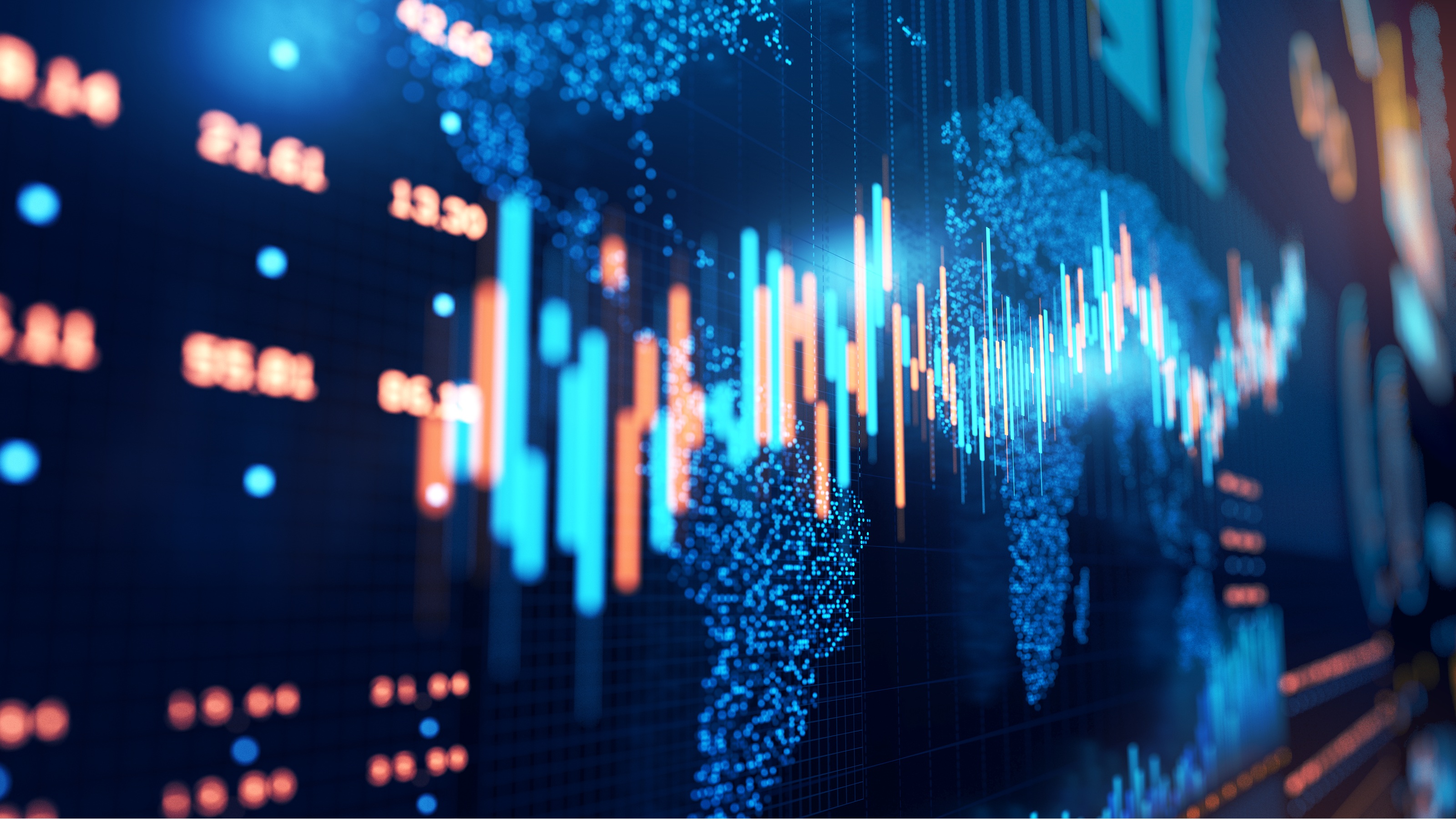 Portfolio Manager Busts Five Myths About International Investing
Portfolio Manager Busts Five Myths About International InvestingThese common misconceptions lead many investors to overlook international markets, but embracing global diversification can enhance portfolio resilience and unlock long-term growth.
-
 This is the Best CD to Get Amid Rate Uncertainty
This is the Best CD to Get Amid Rate UncertaintyThis CD helps you earn more than 4%, with quick access to your cash if you need it.
-
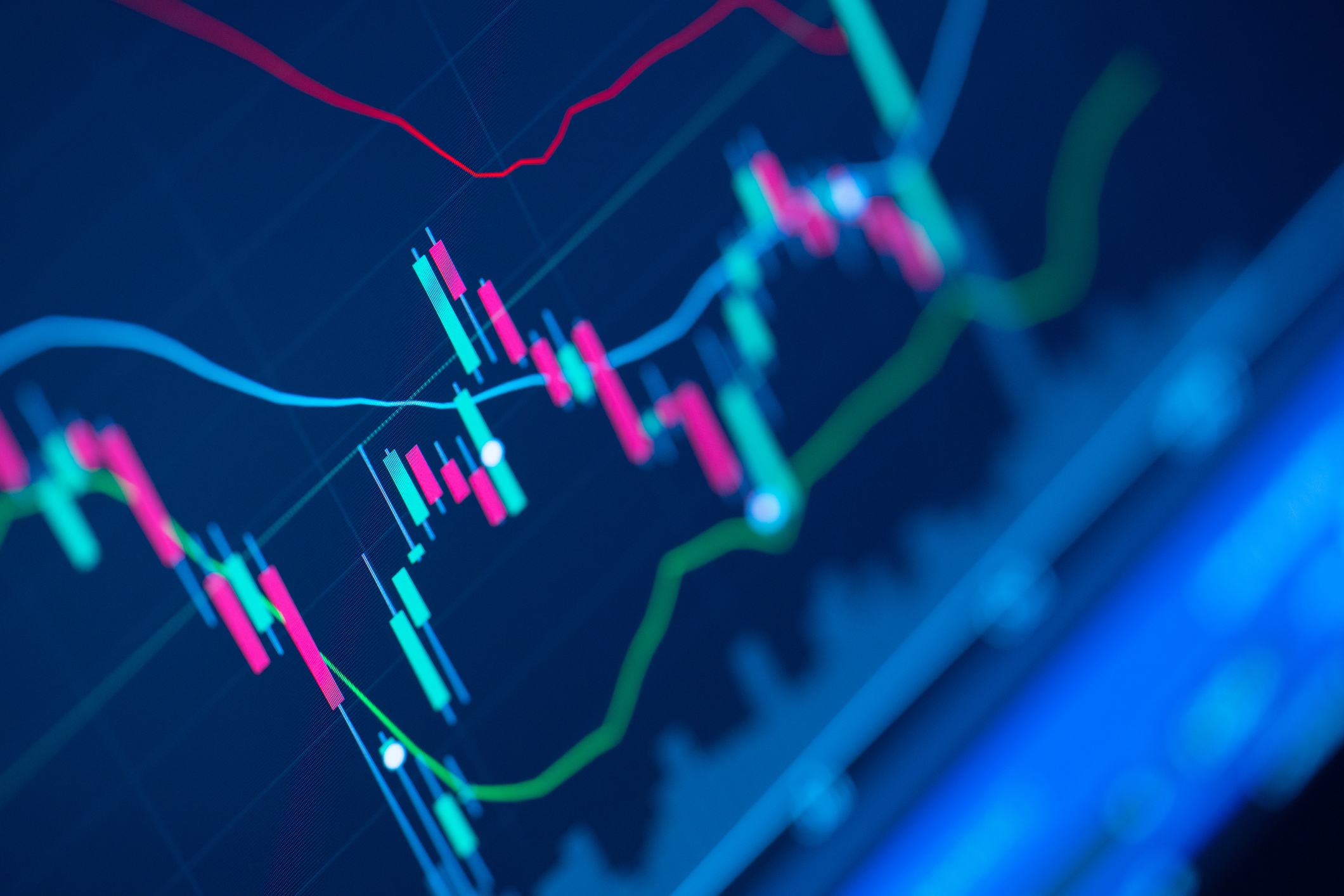 Stock Market Today: Nasdaq Hits a New High as Nvidia Soars
Stock Market Today: Nasdaq Hits a New High as Nvidia SoarsA big day for Nvidia boosted the Nasdaq, but bank stocks created headwinds for the S&P 500.
-
 Is It Time to Cut the Cord on Your Landline?
Is It Time to Cut the Cord on Your Landline?With rising costs and evolving technology, many are rethinking their home phone service. Here's how to decide if it's time to let go.
-
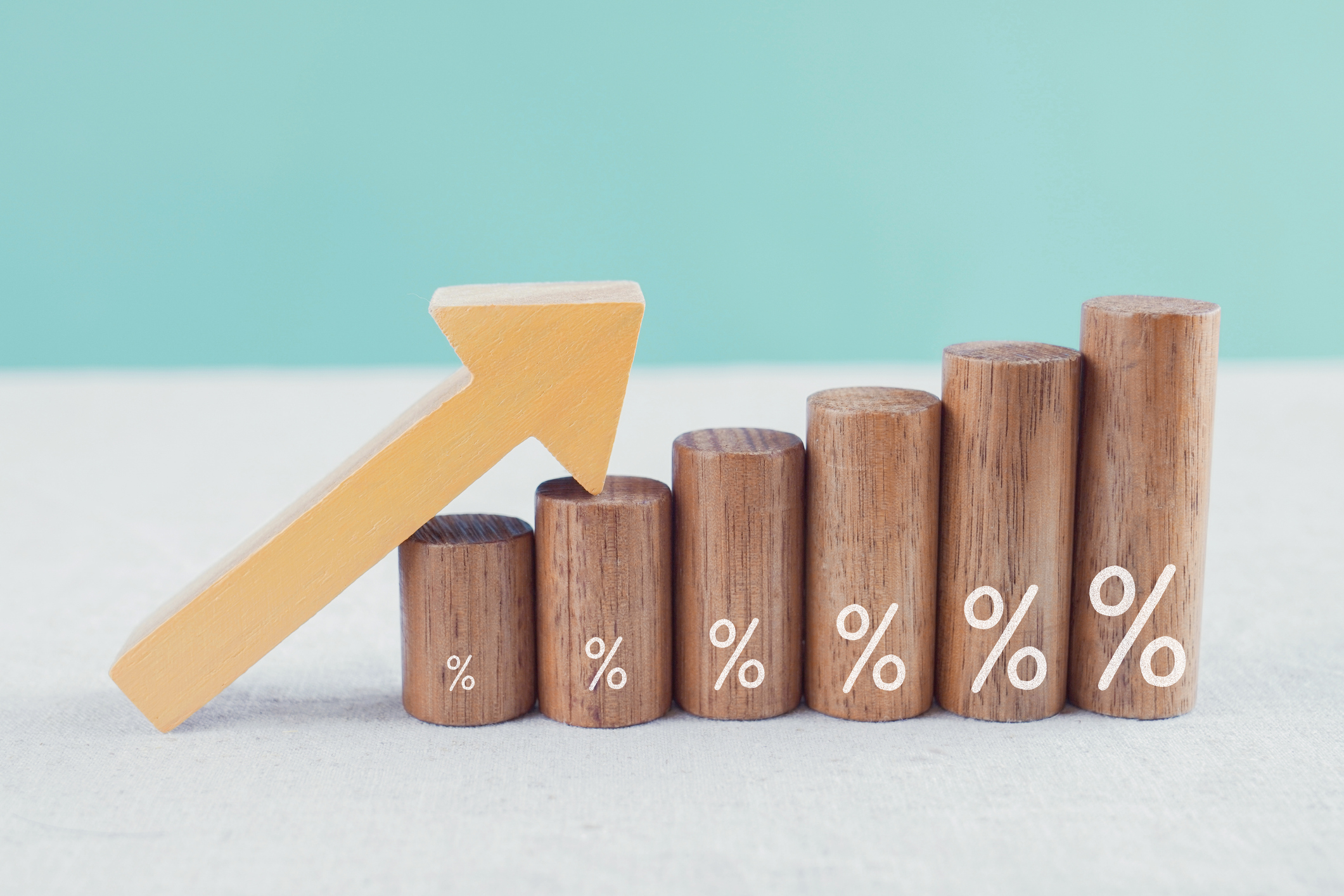 June CPI Signals Tariff Impact: What the Experts Say
June CPI Signals Tariff Impact: What the Experts SayThe June CPI report shows that inflation is accelerating, but at a pace that's in line with economists' expectations.
-
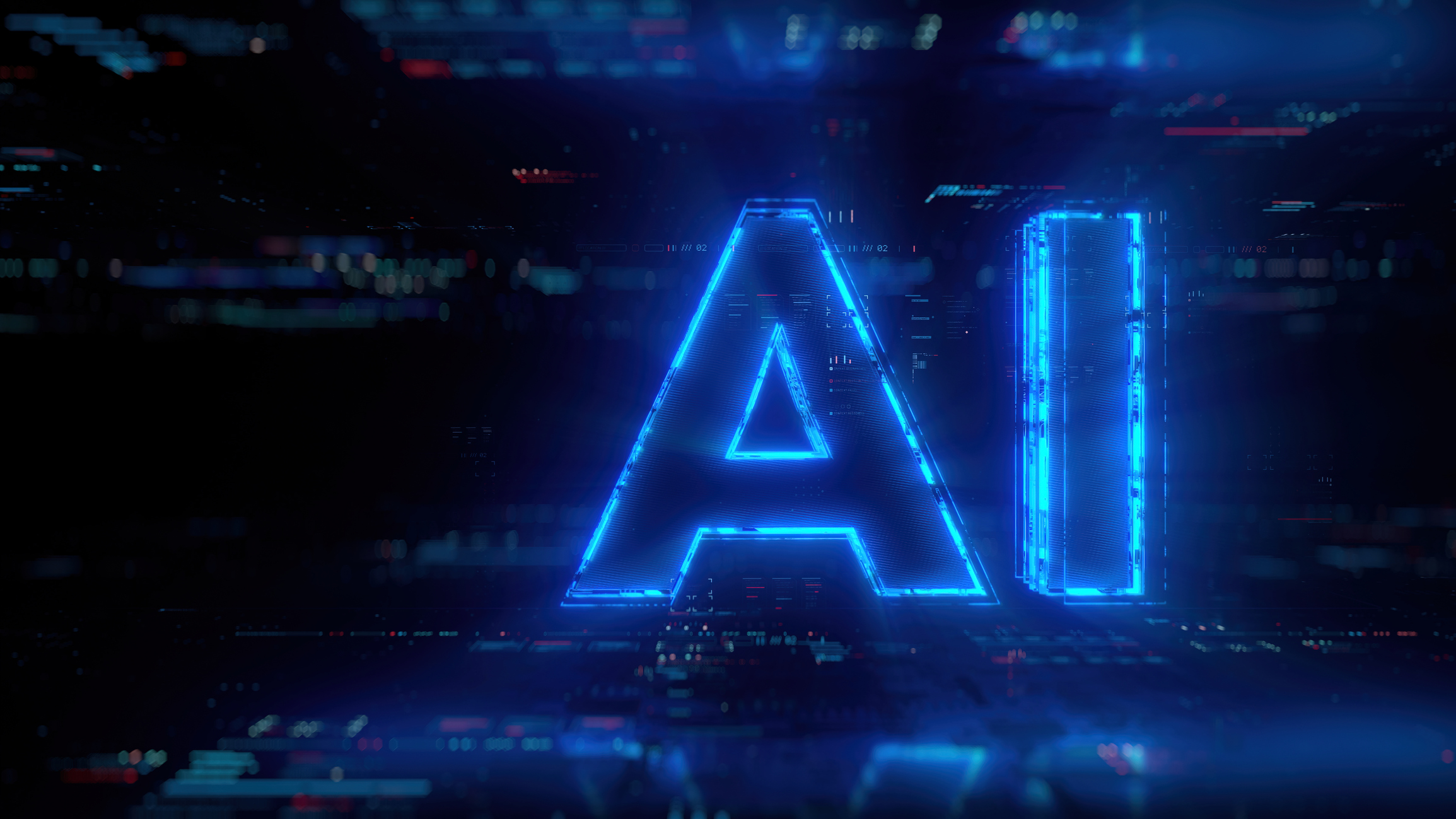 Can AI Help With Your Finances?
Can AI Help With Your Finances?ChatGPT and other artificial-intelligence tools will streamline certain tasks, but don't count on them to get everything right.